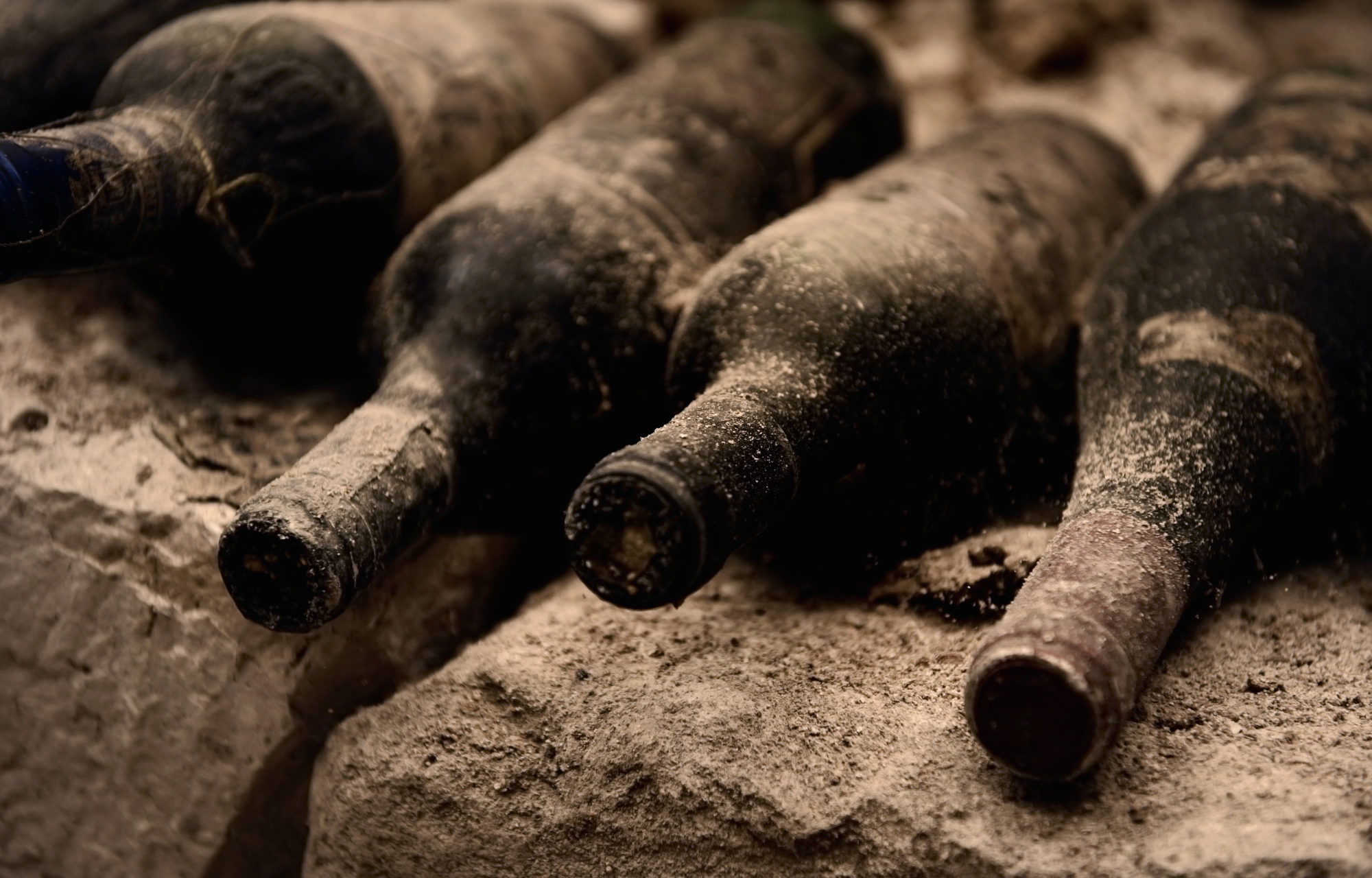Fleurie is one of the ten crus in the Beaujolais. The fact that the name Fleurie is on the label means it is a top quality wine. Its nick name is the Queen. The name has nothing to do with flowers but it is named after a Roman Legionnaire. Unique is the pink granite soil in this area. Fleurie has 13 climates (named vineyards) and they all produce their own typical wine. It is about 860 ha and produces around 34400 hl. There are 180 growers. The soil is mainly rose granite (90%) and a little bit is loam. It lies in the middle of the ten crus. It has a continental climate and is shielded from by the hills to the west of the Beaujolais. The regions high temperature are cooled by the Mediterranean Sea in the south. This ensures slow ripening, leading to balance between acid and fruit flavors.
Fleurie wine is made from the Gamay grape. Although up to 15% mixed plantings of Chardonnay, Aligoté and melon de Bourgogne are allowed to co- ferment.
Pruning method originally was bush trained. But nowadays more trellises are used.
The maximum yield allowed for a Beaujolais crus is 48hl/ha
Production method can be like traditional red wine making with aging on wooden cask or by carbonic or semi-carbonic maceration. George Duboef harvest its wines manually and is using whole bunches. Traditional fementation was accomplished at 28-30 C and a maceration period of 8-10 days was used.
Fleurie Beaujolais is known to be the most female friendly wine amongst the crus. It has floral and fruity aromas. With hints of violet, iris and rose. Overal more lighter wines.
